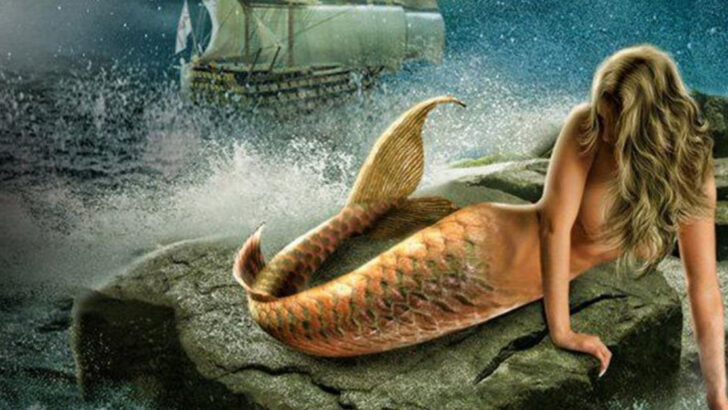Some mythical monsters might not be mythical at all. From sea serpents spotted by sailors to eerie forest beasts passed down in whispers, some of the world’s most legendary creatures come with suspiciously real details. Stories that match across cultures. Bones that don’t quite fit anything we know. And creatures that were “just legends”… until someone found one. Of course, not every monster tale holds water. Some are pure imagination—fun, wild, and totally fake. But others? They make you pause. And maybe check under your bed before sleeping. Let’s sort the possible from the pure fantasy. These are the 15 creatures that might have had real origins— and the 5 that are just really great stories.
Kraken

The Kraken, a legendary sea monster, is said to haunt the coasts of Norway and Greenland. Imagine a creature so large it could engulf ships whole. Some believe it was inspired by the giant squid, a real ocean dweller reaching up to 43 feet. Ancient sailors’ tales of monstrous tentacles dragging ships under may have been exaggerations or misunderstandings of these elusive creatures. The Kraken symbolizes the unknown perils of the sea, fueling both fear and awe. Its legacy persists in maritime folklore, captivating imaginations with the idea of a hidden oceanic terror.
Yeti
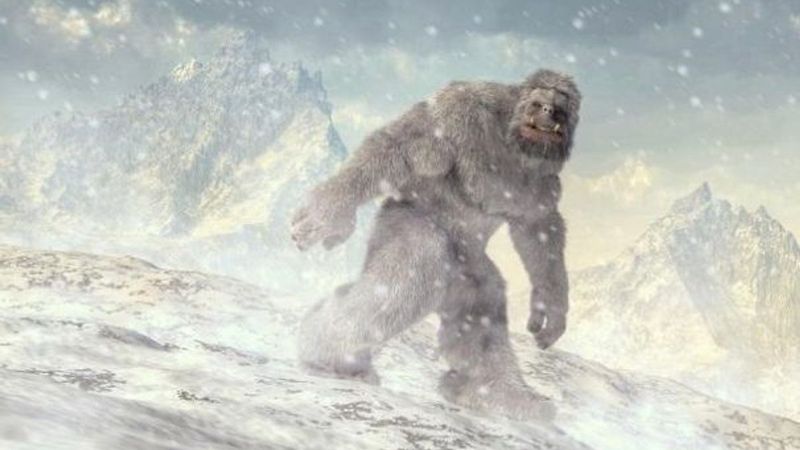
The Yeti, often called the “Abominable Snowman,” is a legendary creature said to roam the Himalayan Mountains. Stories describe it as a massive, apelike being covered in white fur. Some speculate the legend stems from sightings of the Himalayan brown bear or other native wildlife. The Yeti embodies the mystery of the unexplored, representing both fear and fascination with the unknown. Despite numerous expeditions, tangible evidence remains elusive, keeping the legend alive. The Yeti continues to intrigue adventurers and cryptozoologists, embodying the thrill of discovery and the allure of the uncharted wilderness.
Loch Ness Monster
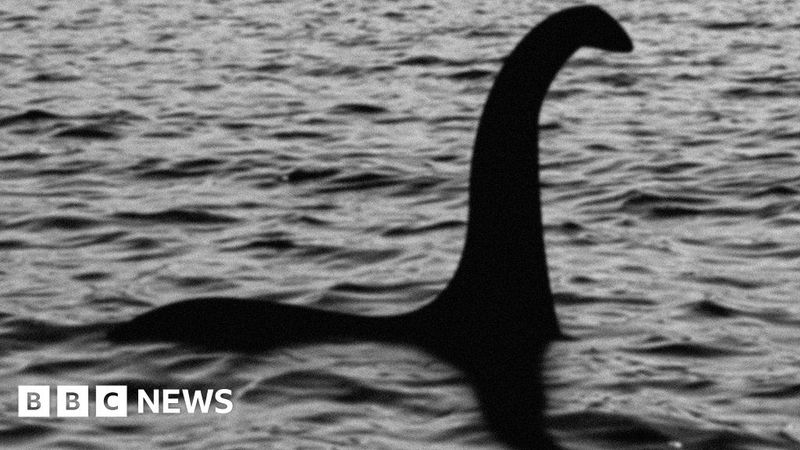
Deep within Scotland’s Loch Ness lurks the mysterious Loch Ness Monster, affectionately known as “Nessie.” Descriptions often depict a long-necked creature, leading some to compare it to a plesiosaur, a marine reptile from the Jurassic era. While many photos and sightings exist, concrete evidence remains elusive. Nessie symbolizes the human desire to find the extraordinary within the ordinary. Its story intertwines with Scottish culture and tourism, becoming an iconic part of the region’s folklore. Whether myth or reality, the Loch Ness Monster continues to enchant those who seek the thrill of the unknown.
Bigfoot
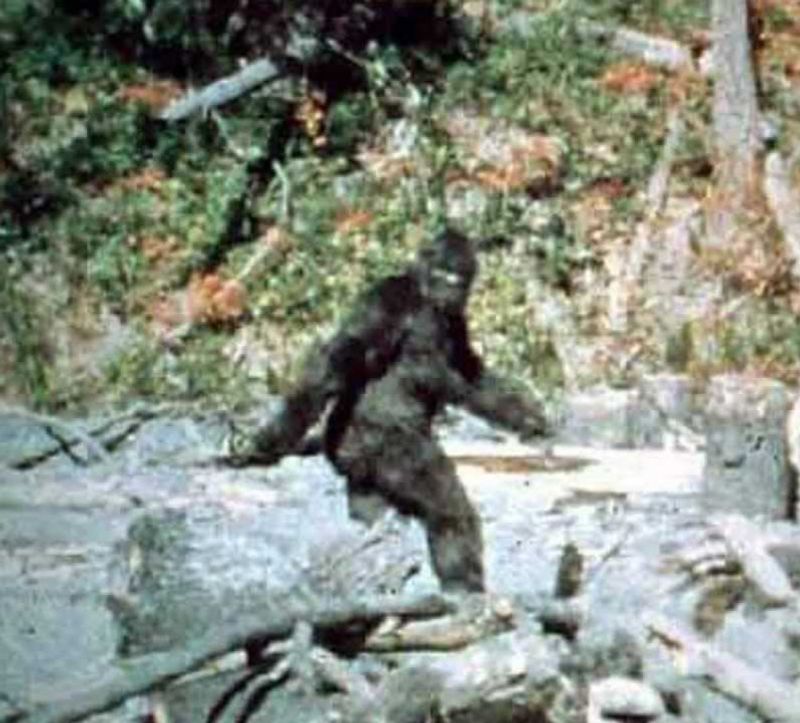
Bigfoot, also known as Sasquatch, is a legendary creature believed to inhabit North American forests. Descriptions often include a tall, ape-like being covered in dark hair. Some suggest the legend may arise from sightings of bears or other wildlife. Despite numerous reported sightings and even alleged footprints, definitive evidence remains elusive. Bigfoot represents the unexplored mysteries of nature, fueling both intrigue and skepticism. Its legend captivates those fascinated by the unknown, inspiring countless expeditions and investigations. Bigfoot remains a cultural icon, symbolizing the ongoing human quest to uncover the secrets of our world.
Chupacabra
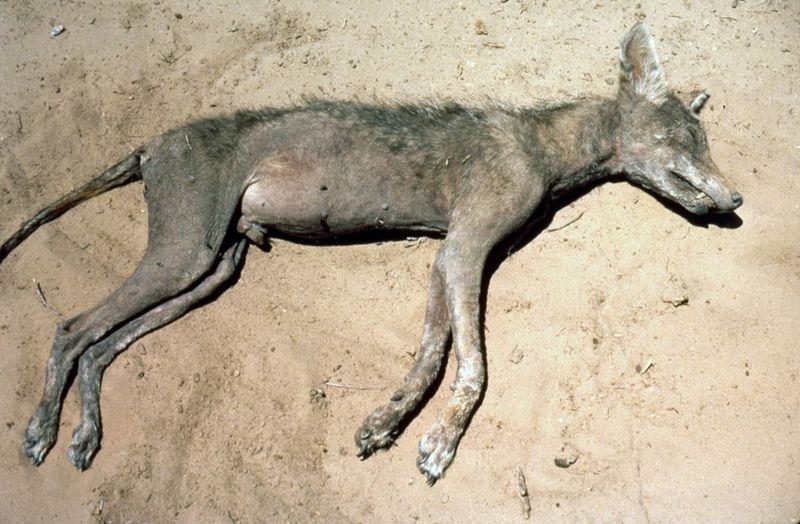
The Chupacabra, a creature of modern folklore, is said to inhabit parts of the Americas. Descriptions often include a reptilian creature with glowing eyes and sharp spines. Reports of livestock found drained of blood fueled the legend, leading some to speculate about a vampire-like entity. While many sightings exist, explanations often point to coyotes or other animals suffering from mange. The Chupacabra embodies the fear of the unknown, symbolizing human fascination with mystery and the supernatural. Despite scientific skepticism, its legend endures, captivating imaginations with tales of enigmatic creatures lurking in the shadows.
Bunyip
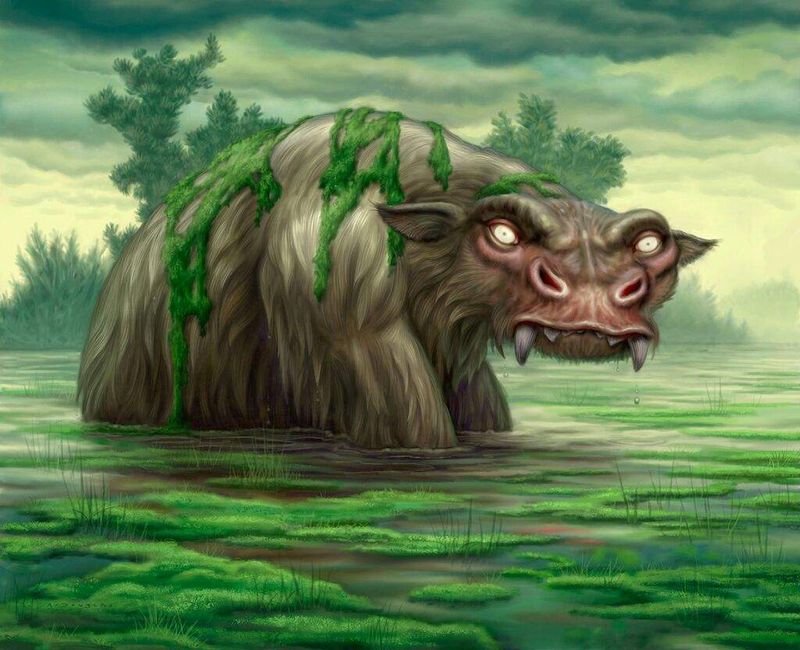
In the Australian bush, tales of the Bunyip have echoed for generations. This mythical creature is said to reside in billabongs and swamps. Descriptions vary, often combining mammalian and reptilian traits. Some believe the legend stems from misidentified native wildlife, such as seals or large birds. The Bunyip symbolizes the dangers of the unfamiliar landscape, embodying the mystique of the Australian wilderness. Its story highlights the blend of indigenous and colonial folklore, creating a rich tapestry of myth. The Bunyip continues to intrigue those captivated by the mysteries of the natural world.
Mokele-Mbembe
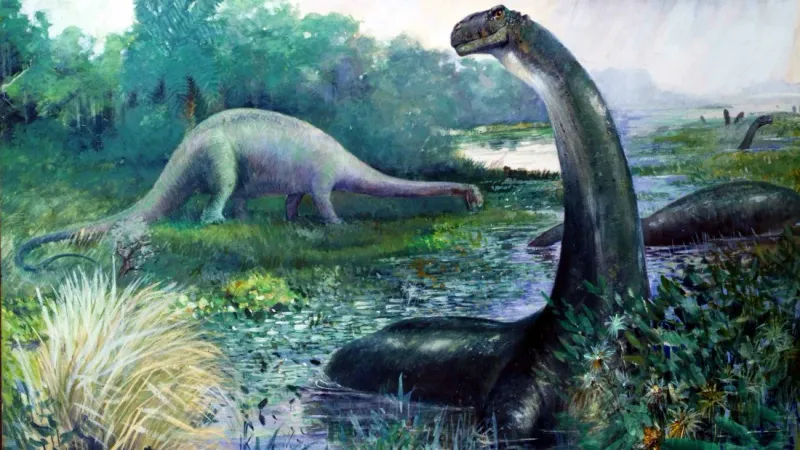
Deep in the heart of Africa’s Congo River basin, tales of the Mokele-Mbembe have persisted. Described as a dinosaur-like creature with a long neck, it’s often compared to a sauropod. Some believe it could be a living dinosaur, while others suggest it may be inspired by local wildlife. The Mokele-Mbembe symbolizes the allure of unexplored frontiers, captivating adventurers and cryptozoologists alike. Despite numerous expeditions, definitive evidence remains elusive. This creature embodies the human desire to discover the unknown, merging science with folklore in an enduring legend of the African wilderness.
Jersey Devil

The Jersey Devil, a creature of folklore in the Pine Barrens of New Jersey, is described as a winged creature with a horse-like head, hooves, and glowing red eyes. Legend has it that it was born as the cursed thirteenth child of Mother Leeds in the 1700s. Some suggest the story arose from regional superstitions or misidentified wildlife. The Jersey Devil symbolizes the fear of the unknown and the power of local legend. Its story weaves a tapestry of myth and mystery, captivating those intrigued by the eerie and unexplained.
Basilisk
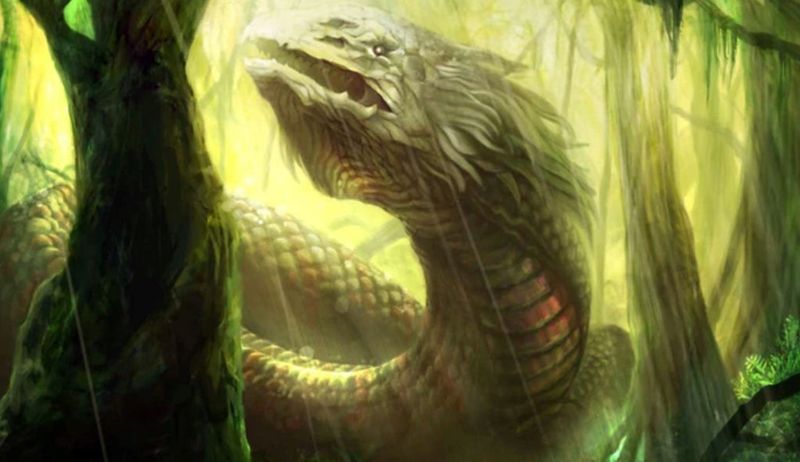
The Basilisk, often called the “King of Serpents,” is a legendary creature from European folklore. Described as a serpent or lizard with a crown-like crest, its gaze was said to be lethal. Some suggest the legend may have roots in exaggerated tales of the cobra, known for its deadly venom. The Basilisk embodies the fear of the deadly and mysterious, symbolizing the dangers lurking in the natural world. Its legend persists in literature and pop culture, capturing imaginations with tales of deadly beauty and power hidden within the forest’s depths.
Thunderbird
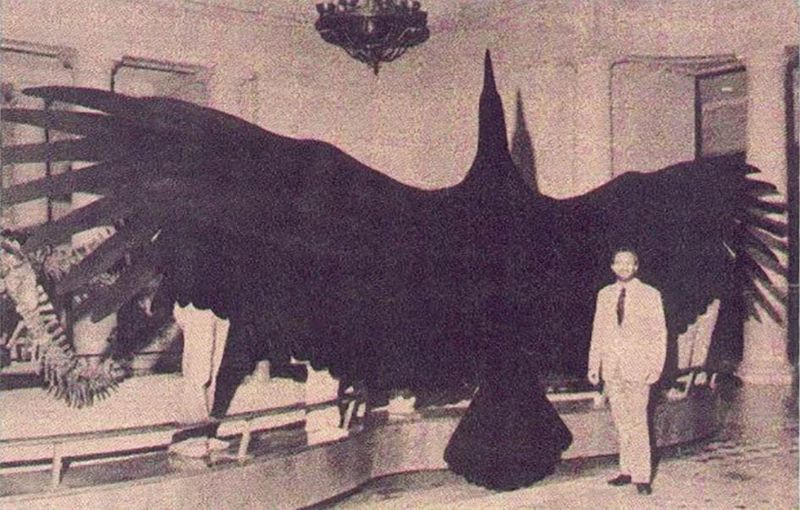
The Thunderbird is a legendary creature in Native American mythology. Described as a giant bird with the power to create storms, its wings were said to produce thunder. Some speculate the legend may have been inspired by the sighting of large birds like the condor. The Thunderbird symbolizes the awe of natural forces, embodying the power and mystery of the skies. Its story is woven into the cultural fabric of various tribes, representing strength and the sacred. The Thunderbird continues to captivate those who seek the wonder of the natural world and the stories it inspires.
Jackalope

The Jackalope, a creature of North American folklore, is described as a rabbit with antelope horns. This whimsical creature is often depicted in humorous tales and postcards. Some suggest the legend arose from sightings of rabbits with a disease causing horn-like growths. The Jackalope embodies the playful side of folklore, symbolizing the blend of imagination and reality. Its story highlights the human love for whimsical myths, capturing the charm of the American West. The Jackalope continues to delight those who appreciate the quirky and the fantastical, a testament to the enduring power of storytelling.
Kappa
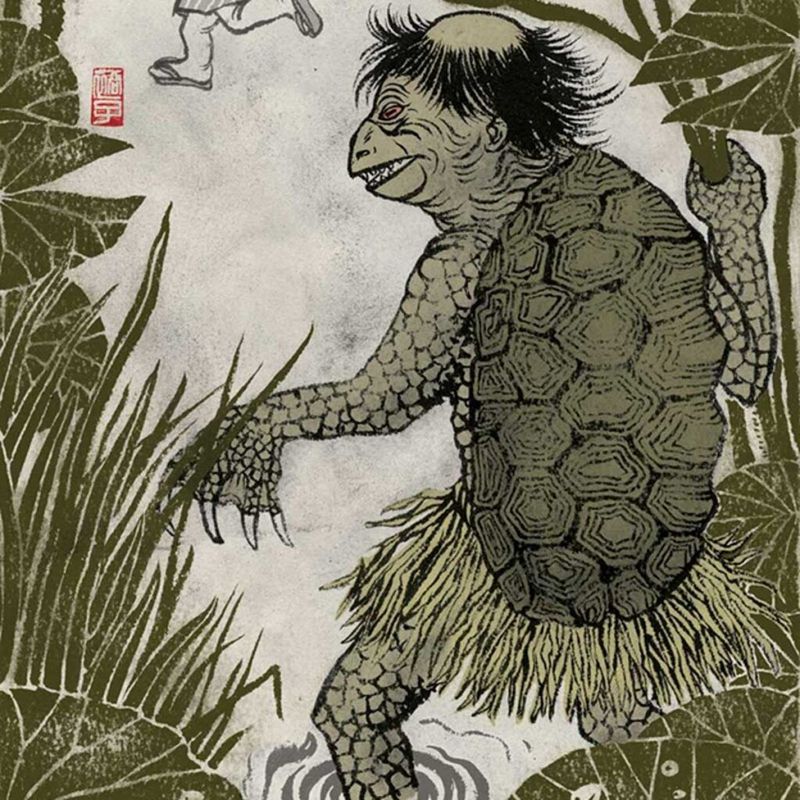
The Kappa is a creature from Japanese folklore, described as a small, humanoid being with a dish of water on its head. Known for both mischievous and malevolent behavior, it was said to inhabit rivers and ponds. Some believe the legend may have originated to warn children of water dangers. The Kappa embodies the balance between humor and caution, symbolizing the cultural interplay of fear and fun. Its story enriches the tapestry of Japanese myth, offering lessons cloaked in whimsy. The Kappa continues to intrigue those fascinated by the cultural richness of Japan’s folklore.
Manticore
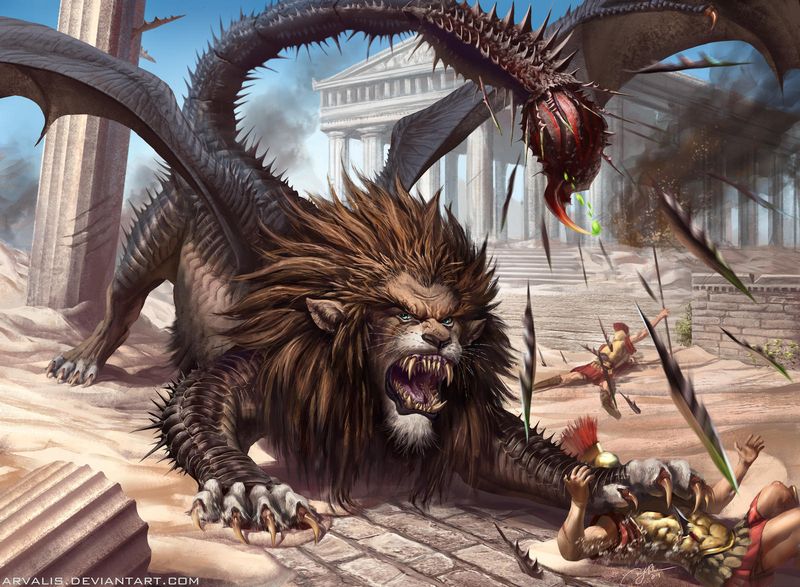
The Manticore, a creature of Persian legend, is described as having the body of a lion, a human face, and a scorpion-like tail. Known for its ferocity, it was said to devour its prey whole. Some suggest the legend may have exaggerated accounts of exotic animals. The Manticore symbolizes the fearsome and the fantastical, embodying the allure of the unknown. Its story weaves a rich tapestry of myth, merging elements from different cultures and eras. The Manticore continues to captivate those drawn to tales of creatures that defy the ordinary, a testament to the power of imagination.
Wendigo
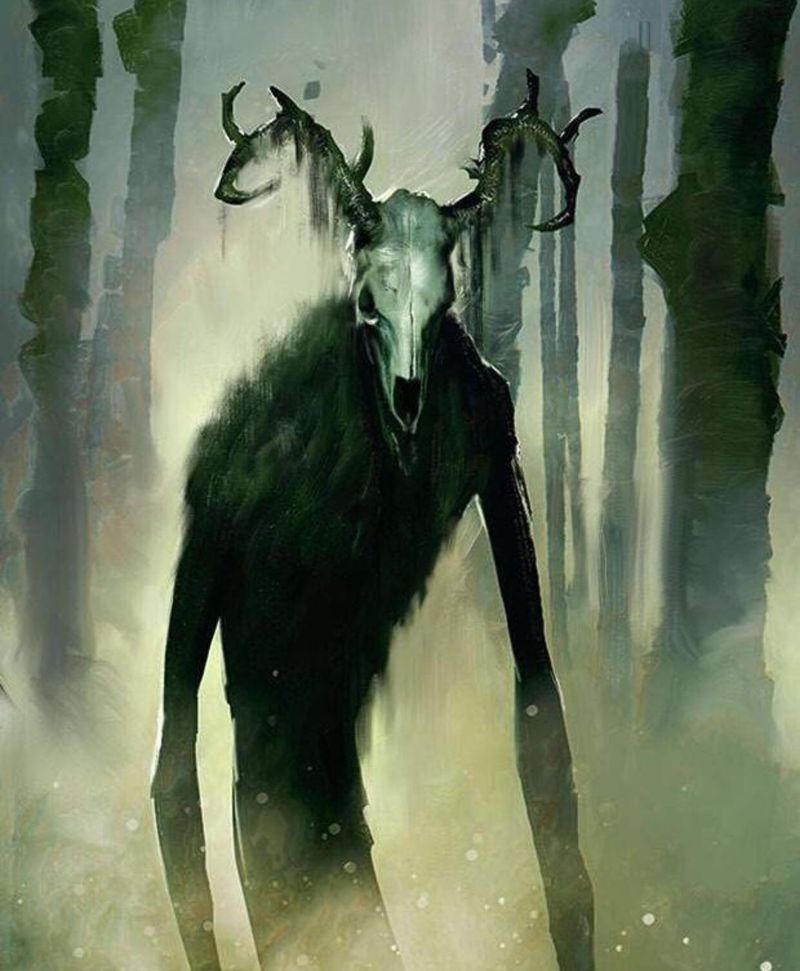
The Wendigo, a creature from Algonquian folklore, is described as a gaunt, emaciated being with antlers. Known for its insatiable hunger, it was said to embody the spirit of winter and famine. Some believe the legend served as a warning against greed and isolation. The Wendigo symbolizes the fear of the primal and the supernatural, merging human psychology with myth. Its story offers a chilling glimpse into the darker aspects of folklore, captivating those intrigued by the eerie and the unexplained. The Wendigo remains a haunting figure, a reminder of the power of storytelling.
Mermaid
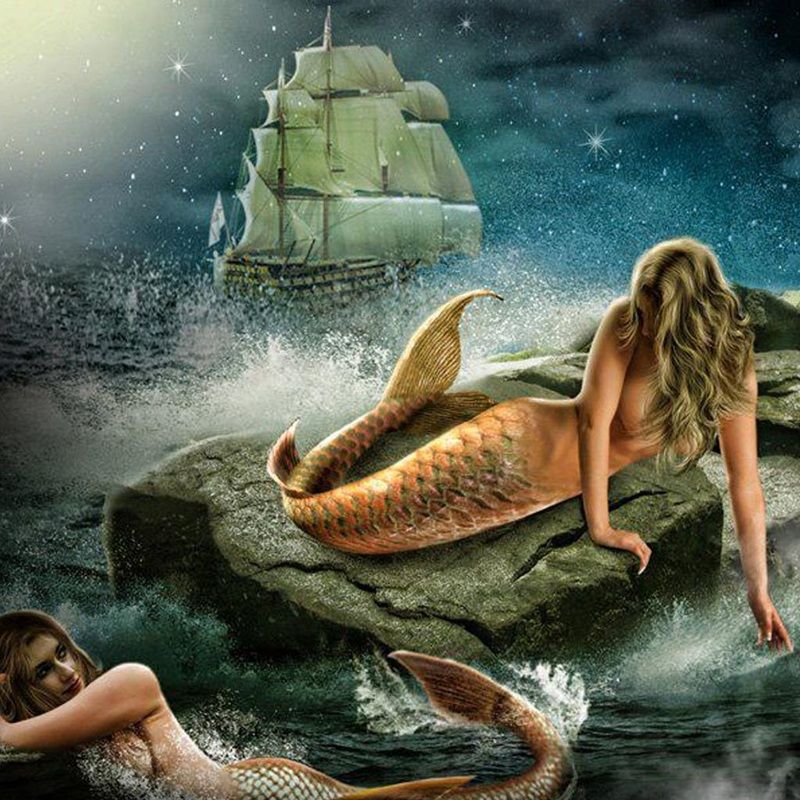
Mermaids, mythical sea creatures with the upper body of a human and the tail of a fish, have enchanted sailors for centuries. Stories vary from benevolent beings to sirens luring sailors to their doom. Some speculate the legend arose from sightings of manatees or dugongs. Mermaids embody the mystery and allure of the ocean, symbolizing the intersection of beauty and danger. Their tale is woven into the cultural fabric of many societies, offering a glimpse into humanity’s fascination with the unknown. Mermaids continue to capture imaginations, a testament to the enduring allure of the sea and its secrets.
Griffin
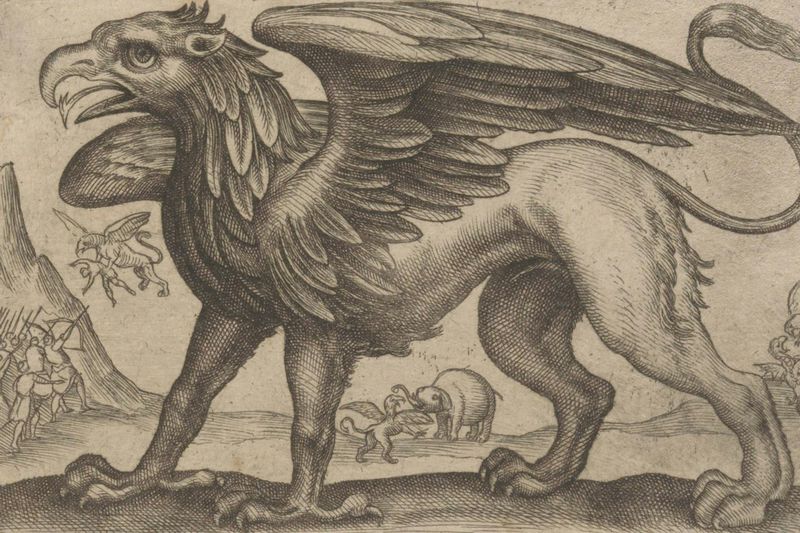
The Griffin, a creature of ancient mythology, is described as having the body of a lion and the head and wings of an eagle. Known for guarding treasures, it symbolizes strength and vigilance. Some suggest the legend may have been inspired by the discovery of dinosaur fossils. The Griffin embodies the blend of reality and fantasy, merging attributes of two powerful animals. Its story spans cultures and time, representing both the mythical and the protective. The Griffin continues to captivate those drawn to the grandeur of mythical creatures, a testament to the power of imagination and legend.
Dragon

Dragons, mythical creatures found in various cultures, are often depicted as large, fire-breathing reptiles. Stories vary, portraying them as both benevolent and fearsome. Some speculate the legend may have been inspired by large reptiles or dinosaur fossils. Dragons embody the primal forces of nature, symbolizing power and mystery. Their tale is woven into the cultural fabric of many societies, offering a glimpse into humanity’s fascination with the unknown. Dragons continue to captivate imaginations, a testament to the enduring allure of mythical creatures and the stories they inspire.
Phoenix
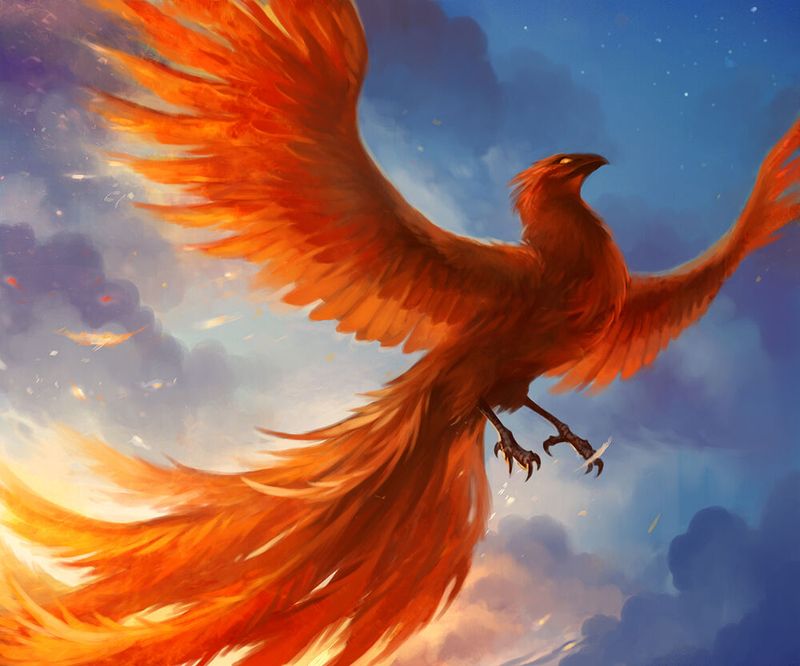
The Phoenix, a mythical bird from ancient mythology, is known for its cycle of death and rebirth. Described as a beautiful, fiery creature, it was said to rise from its ashes, symbolizing renewal and immortality. Some suggest the legend may have been inspired by the life cycle of certain birds. The Phoenix embodies the themes of transformation and resilience, capturing the imagination with its symbolic power. Its story weaves a rich tapestry of myth and meaning, offering hope and inspiration. The Phoenix continues to resonate with those drawn to tales of renewal and the eternal cycle of life.
Unicorn
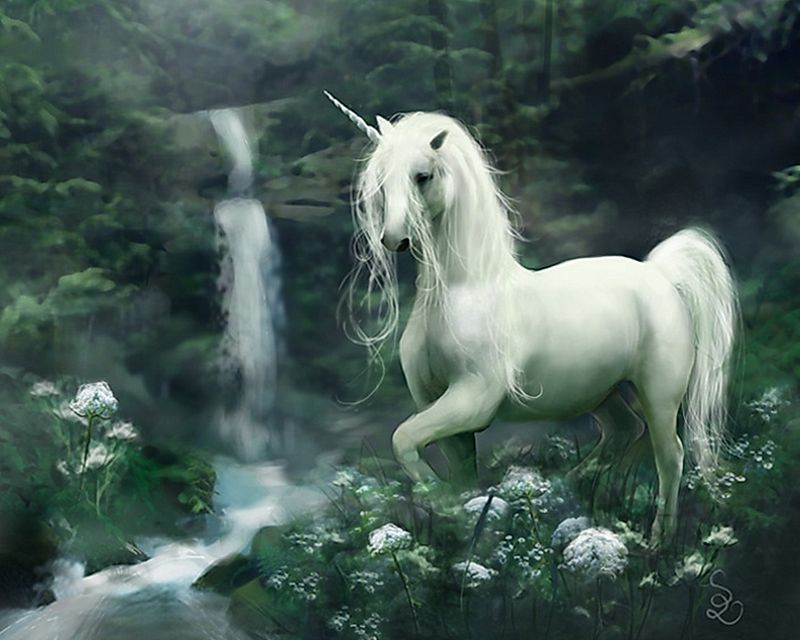
Unicorns, mythical creatures often depicted as horses with a single spiraled horn, have captivated imaginations for centuries. Known for their purity and grace, they symbolize beauty and mystery. Some suggest the legend may have been inspired by sightings of animals like the narwhal or rhinoceros. Unicorns embody the allure of the magical and the fantastical, offering a glimpse into humanity’s desire for enchantment. Their tale is woven into the cultural fabric of many societies, capturing the imagination with their ethereal presence. Unicorns continue to inspire those drawn to the mystical and the extraordinary.
Chimera
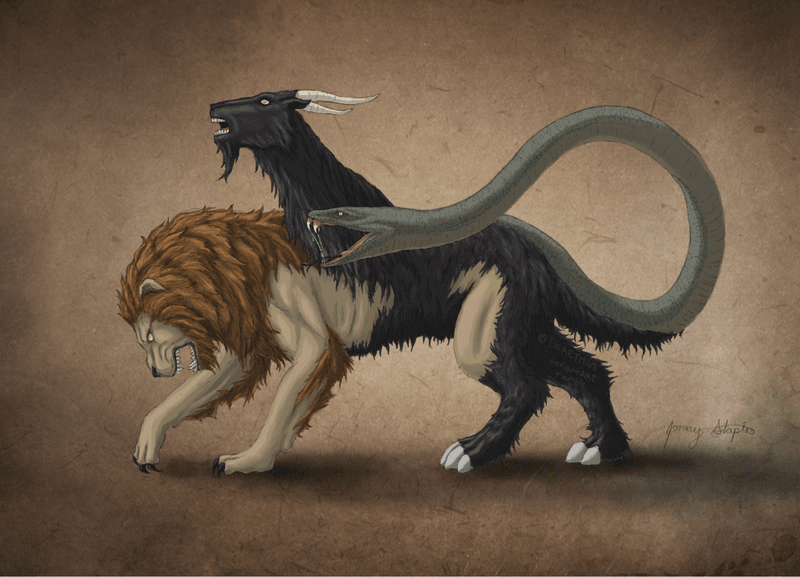
The Chimera, a creature from Greek mythology, is described as having the head of a lion, the body of a goat, and the tail of a serpent. Known for its ferocity, it symbolizes chaos and destruction. Some suggest the legend may have been inspired by the blending of different animal traits in ancient artwork. The Chimera embodies the complex interplay of fear and fascination, merging elements of myth and reality. Its story weaves a tapestry of intrigue and terror, captivating those drawn to tales of creatures that defy the ordinary. The Chimera remains a powerful symbol of myth and imagination.

